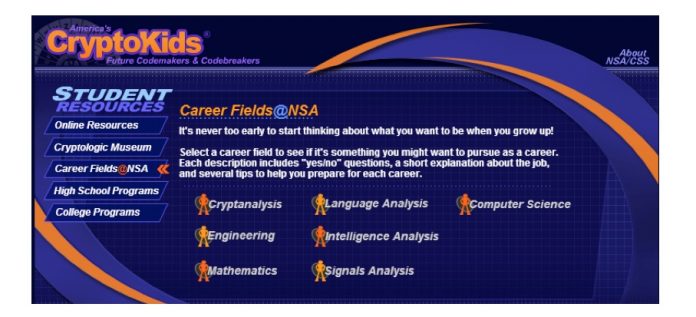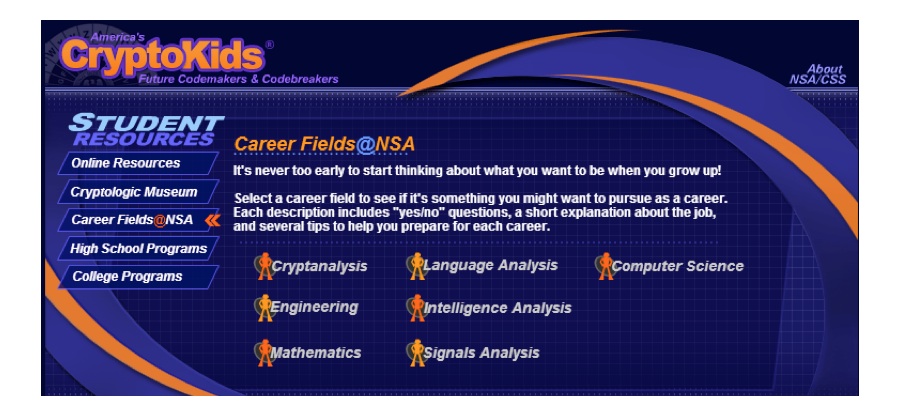
As enterprises rush to gamify both the employee and consumer-facing aspects of their business, gamification hype is at an all-time high. Use cases are unique, successes rare, failures numerous, and no function is untouched—even hiring and recruitment.
Gamification, defined most simply as the use of game elements in non-game settings, has been used for purposes as varied as customer acquisition, data entry, employee training, and, yes, hiring and recruitment.
Most successful gamification efforts appeal to both extrinsic and intrinsic motivators. Game designers long have known that the key to creating buy-in and increasing participation is to appeal to intrinsic desires, such as a feeling of accomplishment, at the same time as extrinsic desires, such as a public high score or leaderboard.
Even in the business world, these principles are relatively well established. The last successful sales contest, charity fundraiser, or fitness challenge at your workplace likely was designed to appeal to both types of motivations, and probably included game elements. So the question becomes: How can one appeal to the extrinsic and intrinsic motivators of someone they have never met—a job candidate?
No two jobs or candidates are alike, so before a gamified hiring and recruitment process can be designed, you need to determine the traits most commonly held by poor, average, and ideal candidates. It is also important to note that not all hiring and recruitment efforts can—or perhaps, more accurately, should—be gamified, despite how successful some efforts have been.
One of the best-known example of successful gamification in recruitment is America’s Army. While some might contend that America’s Army is a “serious game” rather than a “gamified” program, it is an example of how game elements have been used to identify and train potential recruits. According to Game Director Wil Stahl, in an interview with MSNBC, the program “gives a sense of the soldier’s perspective, but from a safe environment.” It has been wildly successful; according to the game developers, more than 13 million players have created accounts. Collectively, they’ve played more than 260 million hours. Most importantly though, recruitment numbers are up, and remain elevated even a decade after the game’s release.
While the Army may be one of the best-known examples and uses of games or game elements for hiring and recruitment, it is certainly not the only example. The National Security Agency (NSA) has used a multitude of tactics to identify and recruit potential cryptologists, including the CryptoKids Website. In addition to code-breaking and mathematics-based games, the site includes a description of the various career fields at the NSA, and what sort of areas students should concentrate on if they would like to pursue a career there.

It is also widely believed that the Cicada 3301 phenomenon, a sort of code-based online scavenger hunt, may have been another recruitment effort by the NSA or a similar government organization. If so, it was massively successful in generating the kind of interest job-board postings can only dream of.
Ultimately, any position where there is a large pool of interested applicants could be a candidate for gamified recruitment or hiring. This is especially true when hiring for entry-level positions or when seeking non-traditional applicants. If a game behavior can be designed that matches a challenge with a particular skill, then it’s possible to successfully gamify the hiring process.
Charles Settles is a product analyst at TechnologyAdvice. He covers topics related to gamification, health-care IT, and project management. Connect with him on LinkedIn.




